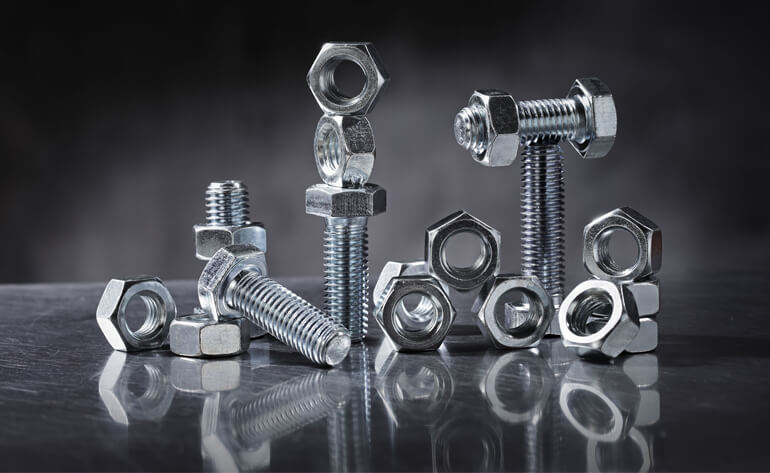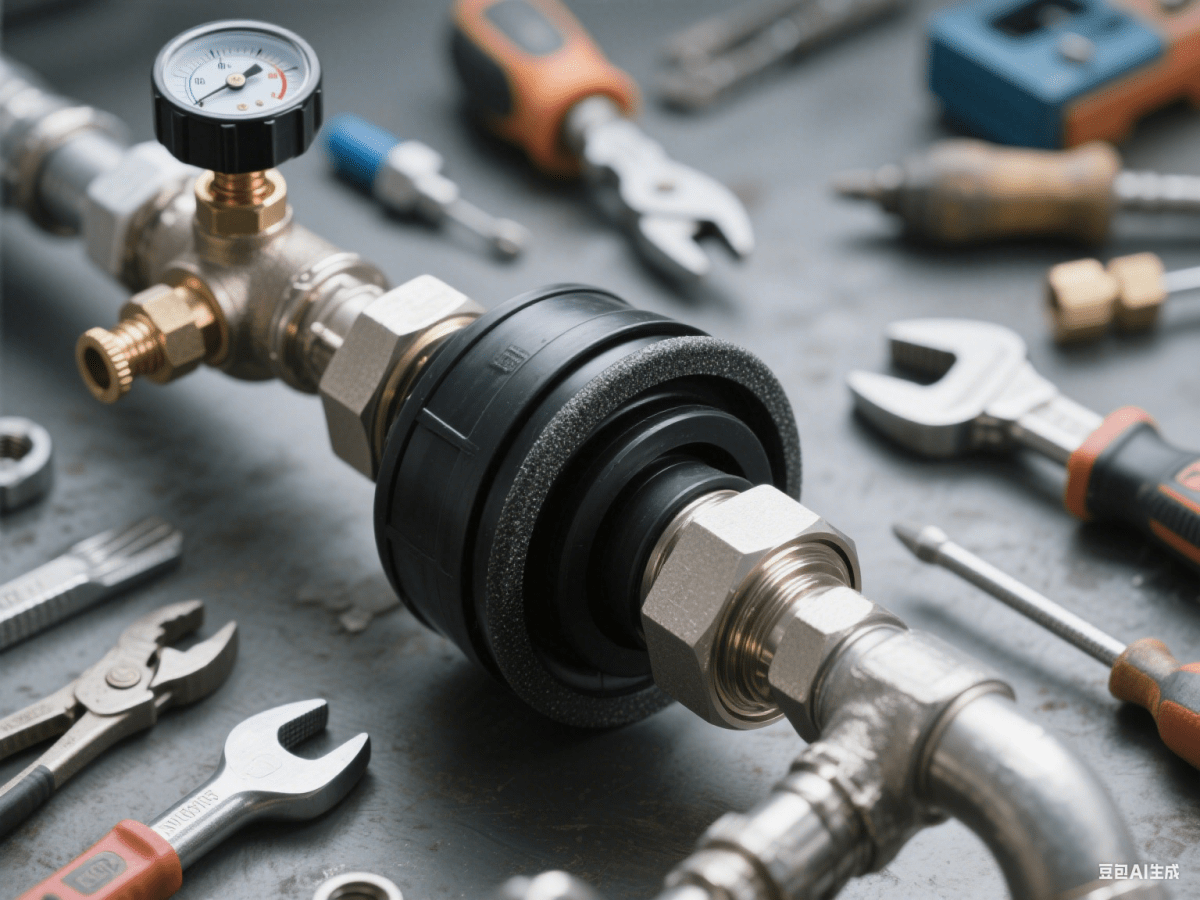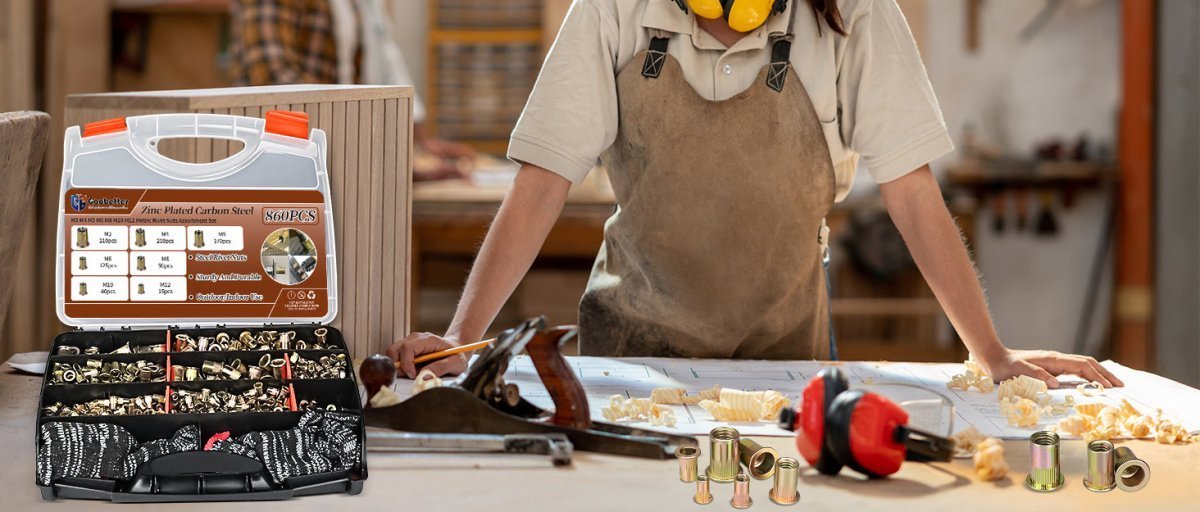Table of Contents
Introduction to Fasteners
Fasteners are the unsung heroes of construction, manufacturing, and DIY projects. Whether you're assembling furniture, repairing machinery, or crafting leather goods, the right fastener ensures durability, stability, and safety. But with so many types available, how do you know which one to use?
In this guide, we'll break down the five basic types of fasteners, their uses, and how to choose the best one for your project. Plus, we'll highlight why investing in high-quality fasteners—like our Heavy-Duty Snap Button Kit—can save you time, money, and frustration.
The 5 Basic Types of Fasteners

1. Screws
Screws are one of the most versatile fasteners, featuring external threading that allows them to grip materials securely. They come in various head types (flat, Phillips, hex, etc.) and materials (stainless steel, brass, titanium).
Key Features:
-
Self-tapping screws can create their own threads in softer materials like wood or plastic.
-
Machine screws require a pre-threaded hole and are commonly used in metal assemblies.
-
Sheet metal screws have sharp threads designed for thin metal sheets.
Best For:
-
Woodworking
-
Electronics
-
Automotive repairs
2. Bolts
Bolts are similar to screws but require a nut to secure materials together. They are typically used in high-stress applications where a strong clamping force is needed.
Key Features:
-
Hex bolts are the most common, used in construction and machinery.
-
Carriage bolts have a smooth, rounded head to prevent loosening.
-
Eye bolts feature a loop for attaching cables or chains.
Best For:
-
Structural steel connections
-
Heavy machinery
-
Automotive frames
3. Nuts
Nuts are internally threaded fasteners that pair with bolts to hold components together. They come in various styles, including:
-
Hex nuts (standard for most applications)
-
Lock nuts (prevent loosening from vibration)
-
Wing nuts (hand-tightened for quick adjustments)
Best For:
-
Mechanical assemblies
-
Plumbing fixtures
-
Automotive and aerospace applications
4. Rivets
Rivets are permanent fasteners used where welding or screws aren't practical. They are installed by deforming the tail end to create a secure hold.
Key Features:
-
Pop rivets (blind rivets) are ideal for tight spaces.
-
Solid rivets provide maximum strength in structural applications.
-
Tubular rivets are common in leatherwork and textiles.
Best For:
-
Aircraft manufacturing
-
Metal fabrication
-
Leather crafting
5. Snap Fasteners
Snap fasteners (also called press studs or snap buttons) are widely used in textiles, leatherwork, and light-duty applications. They consist of two interlocking components that "snap" together.
Key Features:
-
No tools required for basic installation (though a snap fastener tool ensures a professional finish).
-
Great for fabrics, bags, and lightweight materials.
-
Available in different sizes and finishes (nickel, brass, antique).
Best For:
-
Clothing and fashion accessories
-
DIY leather projects
-
Upholstery repairs
(Looking for a reliable snap fastener kit? Check out our Heavy-Duty Snap Button Kit—perfect for leatherworkers and crafters!)
How to Choose the Right Fastener
Selecting the right fastener depends on:
✔ Material (metal, wood, plastic, fabric)
✔ Load requirements (light-duty vs. structural)
✔ Environment (indoor, outdoor, corrosive conditions)
✔ Installation method (permanent vs. removable)
For example:
-
Wood projects? Use wood screws or bolts with washers.
-
Metal fabrication? Rivets or machine screws work best.
-
Leather or fabric? Snap fasteners provide a clean, secure closure.
Common Applications of Each Fastener Type
| Fastener Type | Typical Uses |
|---|---|
| Screws | Furniture assembly, electronics, cabinetry |
| Bolts | Bridges, automotive frames, machinery |
| Nuts | Plumbing, automotive, and industrial equipment |
| Rivets | Aircraft, HVAC systems, and leather goods |
| Snap Fasteners | Jackets, bags, upholstery, DIY crafts |
Why Quality Matters: Avoiding Cheap Fastener Failures
Low-quality fasteners can lead to:
-
Stripped threads (making removal difficult)
-
Corrosion (rust weakens the joint over time)
-
Premature failure (snapping under stress)
Investing in high-grade stainless steel or coated fasteners ensures longevity and reliability.
(Our Snap Button Kit uses durable, corrosion-resistant materials—perfect for long-lasting projects!)
FAQs About Fasteners
Q: Can I reuse snap fasteners?
A: Some snap fasteners are removable, but most are designed for permanent installation.
Q: What's the difference between a bolt and a screw?
A: Bolts require a nut, while screws thread directly into the material.
Q: How do I install rivets without a rivet gun?
A: For small projects, you can use a hammer, but a rivet tool ensures a secure fit.
Final Thoughts
Understanding the five basic types of fasteners helps you choose the right one for any project. Whether you're a DIY enthusiast or a professional craftsman, quality matters—so don't settle for subpar hardware.
For reliable snap fasteners, check out our Heavy-Duty Snap Button Kit—designed for durability and ease of use.
Got questions? Drop a comment below! 🛠️








